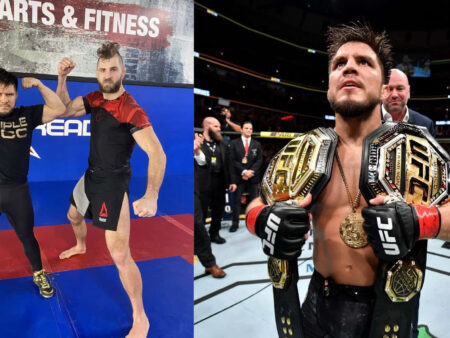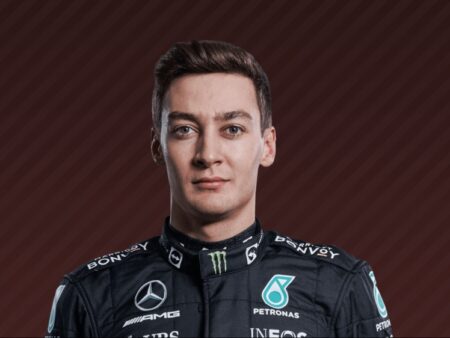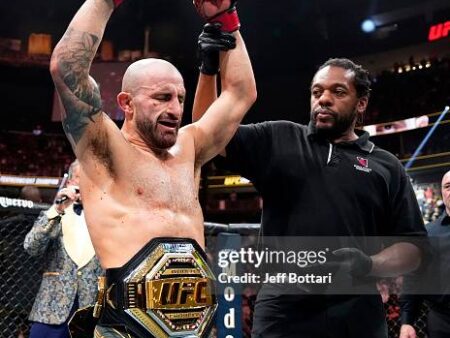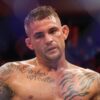In the high-stakes world of professional hockey, team management often faces a stark choice: an aggressive, “scorched-earth” rebuild or a more gradual, patient retool. For the Calgary Flames, under the astute guidance of General Manager Craig Conroy, the path chosen is decidedly the latter. After a surprisingly competitive 2024-25 season that saw them narrowly miss the playoffs by a tiebreaker, the Flames find themselves in an intriguing position – too good to completely dismantle, yet not quite a Stanley Cup contender. This delicate balance defines their current trajectory: a strategic calibration designed to foster future success without sacrificing present dignity.
The Andersson Anomaly: A Painful Yet Productive Departure
Perhaps the most significant piece on Conroy`s strategic chessboard is defenseman Rasmus Andersson. His impending contract expiration next summer has set the stage for what appears to be an inevitable trade. While the departure of a veteran, top-pairing blueliner is never easy – akin to selling a perfectly functional, albeit aging, family car – it is a move steeped in logical necessity. Andersson represents a prime asset that can fetch substantial returns: draft picks, promising prospects, or perhaps even a young roster player ready to contribute. This trade isn`t merely a subtraction; it`s a strategic reinvestment. It signals a clear commitment to accumulating future capital, even if it means a temporary dip in the team`s defensive core. The pain of loss, in this instance, is designed to be a down payment on future gains.
The New Guard: Farabee`s Redemption and Kerins` Ascent
With an eye on both the present and the immediate future, the spotlight falls on several players tasked with making an impact:
Joel Farabee: The Quest for Re-Establishment
Acquired mid-season in 2024-25, Joel Farabee represents a calculated gamble. A player who has demonstrated 20-goal, 50-point potential in the past, his 11-goal output last season was a step backward. With a $5 million cap hit stretching for three more seasons, the Flames are banking on a resurgence. At 25, Farabee has the age profile to align with Calgary`s emerging core, but his performance this season will be critical. Can he rediscover his offensive touch and solidify a key role in the top-nine? His success could mitigate some of the immediate scoring concerns, acting as a bridge to the next wave of talent.
Rory Kerins: The Under-the-Radar Contender
Then there`s Rory Kerins, the kind of player every team covets: an under-the-radar prospect who consistently outperforms expectations. After a brief, impressive NHL call-up last season where he notched four points in four games, Kerins returned to the AHL, where he was nearly a point-per-game player for the Wranglers. His path to a full-time NHL roster spot isn`t straightforward, with veteran presences like Morgan Frost and Farabee occupying potential third-line roles, and the energetic Ryan Lomberg entrenched on the fourth. Yet, Kerins’ tenacity and offensive production make him impossible to ignore. He`s poised to be a frequent call-up, and if he continues to leave his mark, Conroy may find it increasingly difficult to keep him off the big club.
Zayne Parekh: The Dynamic Future of the Blueline
No player embodies the Flames` future aspirations quite like Zayne Parekh. The ninth overall pick from the 2024 draft is a beacon of offensive dynamism on the blueline. His 107 points in major junior last year were simply unparalleled among defensemen, a staggering feat that hints at his immense potential. Furthermore, his single NHL game at the end of last season, in which he scored a goal, offered a tantalizing glimpse of what`s to come. Parekh will be given every opportunity to make the roster out of training camp, and given his dominance at the junior level, many expect him to stick. His presence offers a direct, high-impact replacement for the eventual departure of Andersson, promising an exciting, perhaps even Calder Trophy-contending, season for the young defenseman.
Navigating the Pacific: A Realistic Outlook
While the Flames` internal development is a captivating narrative, the competitive landscape of the Pacific Division remains a formidable challenge. With teams like Vancouver, Utah, and even Anaheim showing signs of significant improvement, the road to the playoffs will be arduous. Conroy`s strategic retool acknowledges this reality. This season isn`t primarily about clinching a playoff berth, but rather about fostering growth, integrating young talent, and solidifying the foundation for sustained success, particularly with the new arena set to open for the 2027-28 season. The goal is to be a consistent contender when the doors to their new home swing open, not just to sneak into the postseason now.
Conroy`s Calculated Compass
In essence, the Calgary Flames are embarking on a journey of calculated calibration. GM Craig Conroy is not wielding a wrecking ball; he`s applying a precision tool. The impending trade of Rasmus Andersson, the high expectations for Joel Farabee, the quiet ambition of Rory Kerins, and the explosive potential of Zayne Parekh all coalesce into a coherent strategy. It`s a testament to patient management, a refusal to succumb to the immediate gratification of a full teardown. While others might chase immediate results, Calgary is meticulously assembling the pieces, brick by brick (or perhaps, puck by puck), for a future that promises both competitiveness and consistency. For the Flames faithful, it means embracing the process, understanding that sometimes, the most exciting plays are those yet to unfold.










